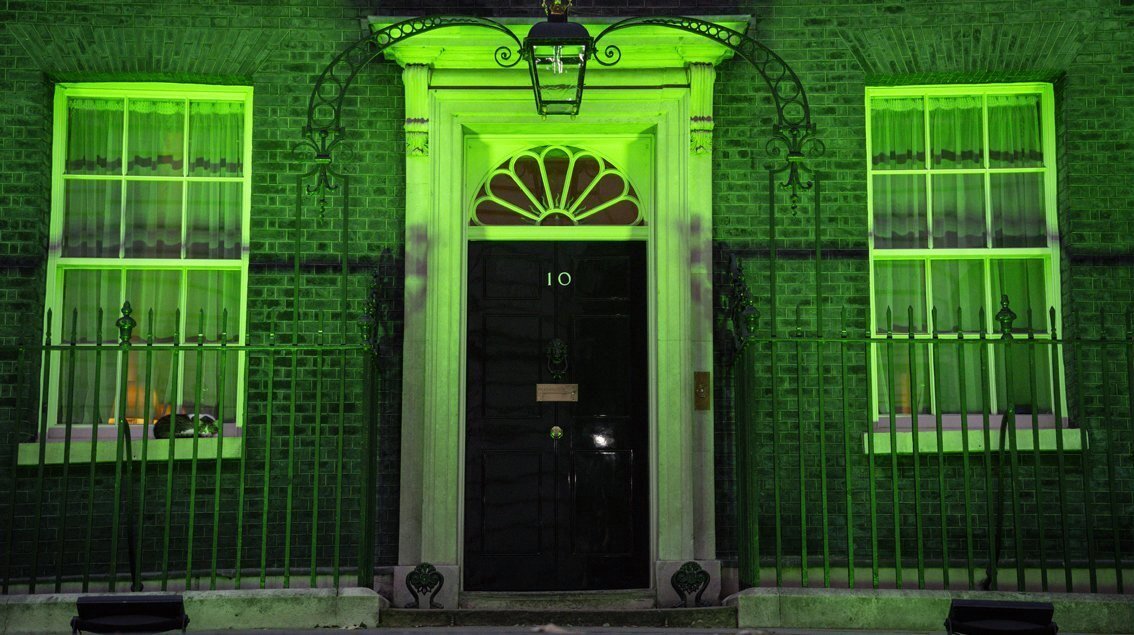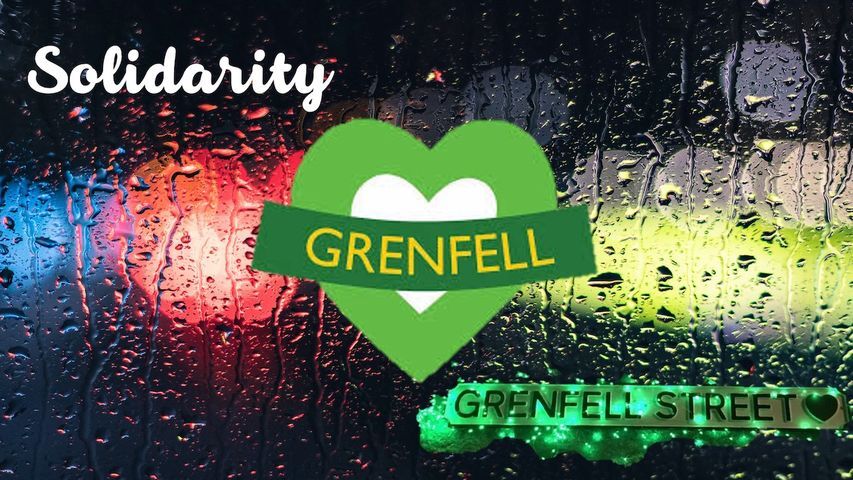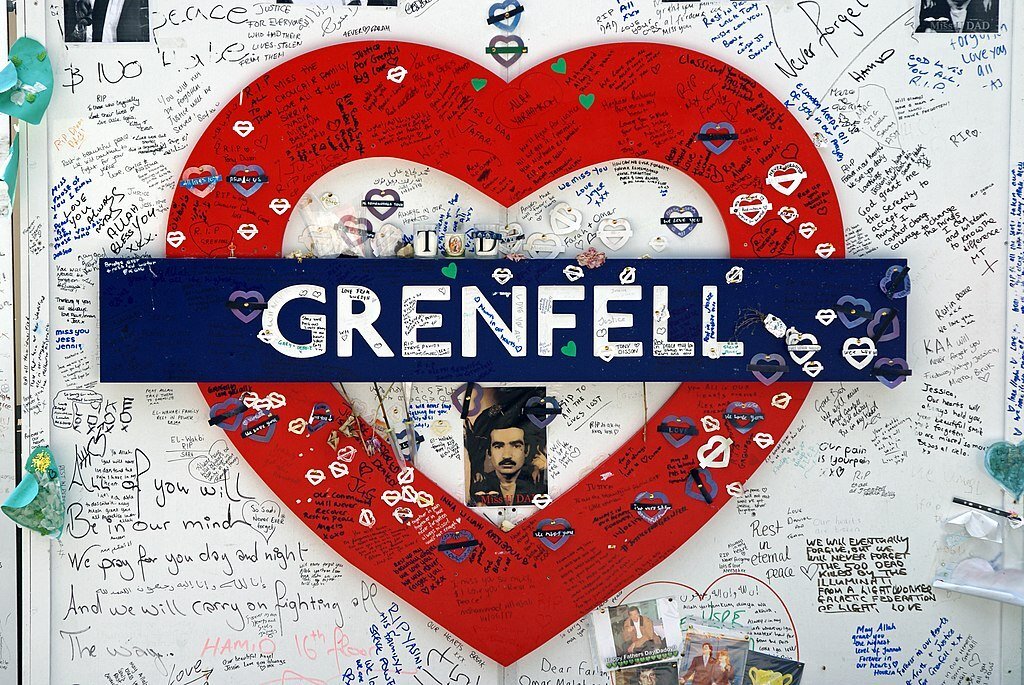There are tragedies that transcend the normal accidents of life, searing themselves into the public consciousness. The fire at Grenfell Tower on 14 June 2017, in which 72 people lost their lives, 74 more people were injured, and 151 homes were destroyed, is one such event. Many children were among the dead and, in some cases, whole families perished.
Nothing will ever compensate for lost family, friends, neighbours or colleagues, but at the very least, our Government could take steps to minimize the risk that a calamity like this ever happens again. Implementing the recommendations of the Grenfell Tower Inquiry would be a good place to start — or so thought Grenfell United, a group representing the survivors, and the Labour Party, which tabled an amendment to that effect to the Government’s Fire Safety Bill.
Grenfell Tower had been clad to gentrify the building. Unfortunately, the £8.7 million refurbishment had a cosmetic focus. Despite the recommendations of the Lakanal House Inquiry, held after a fire in a tower block killed 6 and injured 20 in 2009, the refurb did not stretch to installing sprinkler systems. At the last moment, it was decided not to use the zinc cladding that had originally been chosen, but to opt for a cheaper, less fire-resistant version, which consisted of two thin aluminium sheets with a polyethylene core known as Aluminium Composite Material (ACM). The saving amounted to £300,000, or £4,167 per life lost.

Politicians wear green hearts on their lapels on the anniversary of the fire, and this year Boris Johnson had Number 10 lit up in green. Nice gestures, but not nearly enough. Then again, responding to such crises has never been the Conservative Party’s forte. Theresa May, prime minister at the time, garnered heavy criticism for being wooden and refusing to meet with residents, preferring to spend time with first responders.
A week after the fire there was a debate in the Commons about it, with question after question on retrofitting sprinklers. May insisted that the Lakanal House Inquiry recommendation to retrofit sprinklers wasn’t an instruction, but merely encouragement to do so. She was the political equivalent of Geoffrey Rush’s character, Captain Hector Barbossa, in the Pirates of the Caribbean films, with his refrain of “more what you’d call guidelines than actual rules”. Still, MPs on both sides of the House pressed her to fund the retrofitting of sprinklers. Finally, she appeared to agree:
“I have made it clear that where work is necessary, resources will be made available. It is for Government to work with local authorities to ensure that that takes place.”
By September 2017, London Fire Brigade Commissioner Dany Cotton was growing impatient. Retrofitting sprinklers “can’t be optional, it can’t be a nice to have — this is something that must happen,” she said. Ms Cotton was later forced to quit, after she lost the confidence of Grenfell Tower survivors. She came in for heavy criticism at the public inquiry for not having updated processes to reflect lessons learned at the Lakanal House fire. Swingeing cuts to London Fire Brigade made during Boris Johnson’s mayorship were almost certainly a factor. Johnson even told London Assembly Member Andrew Dismore to “get stuffed” when challenged on the matter.
Perhaps the government’s response was slow due to there having been five Housing Ministers in seven years? Another of the Lakanal House Inquiry’s recommendations was that Government should review building regulations, but successive housing ministers postponed doing so. On a slow news day in October 2017, Mrs May announced there would be no money for retrofitting sprinklers.
All of this is painful history. What of the present? In March this year it was reported that of 450 buildings clad with ACM, only 127 had had their cladding removed. That means 20,000 households still live in flats in the 323 blocks with Grenfell Tower type flammable cladding. Four hundred of these flats are in the South-West. in the immediate aftermath of the Grenfell fire, local Fire Services investigated all high rises in their area and identified those with dangerous cladding. However, these tests opened a hornet’s nest, for not only did ACM fail tests, but also other forms of cladding, like High-Pressure Laminate (HPL) and timber, which are in use in a further 1,700 buildings. As if that wasn’t bad enough, there are now concerns about rendered insulation after a housing block in the South-West recently failed fire safety tests because of it. Surprisingly, while inflammable materials are forbidden in buildings of over 18 stories, they can still be used on lower buildings. They need to be taken off the shelf completely. Some construction firms still can’t be trusted to make buildings that are safe from fire, the National Fire Chiefs Council (NFCC) warned in June this year.

Sleeping in a fire-trap is a source of immense stress for the residents of these buildings, but that’s only the beginning of their worries. Flammable building materials impact householders’ ability to get insurance, or, if they can get it, on the premium they have to pay. It might also prevent them from being able to sell their property. Mortgage lenders now require a fire-risk certificate, known as an ESW1. This involves fire engineers cutting holes in the building to check wall systems, can take 6-8 weeks and costs between £5,000 and £10,000. Freeholders and management companies are often unwilling to cover the cost, so it falls on the leaseholder. Leaseholders who are unable to stump up the cash complain of feeling trapped in their property.
On top of that, there are concerns about who bears the cost of remediation. At first, local authorities only covered the cost of re-cladding public housing, with contributions from the public purse, where buildings met with the stringent requirements set by government. £400 million was set aside for this purpose in the 2018 Budget. As MPs took up the cause of residents in private housing, a further £200 million was set aside for private buildings in the 2019 Budget. Then as other combustible materials were identified, the government budgeted a further £1 billion in March 2020. More will have to be forthcoming. The latest session of the Housing, Communities and Local Government Select Committee put the true cost at £3.5 billion, and calculated the potential total cost of remediation of all fire safety defects at £15 billion.
Where a building does not qualify, for whatever reason, for funding from the building safety fund, there are fears that freeholders and management companies will push the costs down to innocent leaseholders. Indeed, this has already happened in Manchester, where leaseholders at the Skyline Central apartments received invoices for between £15,000 and £25,000 for remediation work. If the Secretary of State for Housing, Communities and Local Government Robert Jenrick gets his way, what happened in Manchester will become the norm. His Building Safety Bill contains a clause that makes leaseholders liable for remediation costs of up to £78,000, which may need to be paid, on demand, within 28 days. Perhaps for multi-millionaire Robert Jenrick with his three homes, £78,000 is small beer, but for many families it’s a life-changing amount.
And that brings us full circle to what is in many ways a companion bill to the Building Safety Bill: the Fire Safety Bill. Looking at how our local MPs voted (see table), they all voted with their party whip. The only ones who didn’t were those who were absent. No doubt the greatest disappointment for Grenfell survivors was seeing their own MP, Felicity Buchan, vote down the amendment. Buchan claimed that she remains committed to implementing the recommendations, but felt Labour’s amendment did not speed up the process, and might even have slowed it down by “potentially” requiring a new consultation on the Fire Safety Order. She later tweeted a meme of NFCC Chair, Roy Wilsher, praising the government’s approach. Nevertheless, the grounds for her risk assessment remain unclear, and so the jury is out on whether it is a credible excuse or not.
ROLL CALL – Amendment to implement the Grenfell Tower Inquiry Report recommendations (all MPs are Conservatives, unless otherwise stated)
| COUNTY | MP | AYE / NO |
| Bristol | Thangam Debbonaire (Lab) | Aye |
| Darren Jones (Lab) | Aye | |
| Kerry McCarthy (Lab) | Aye | |
| Karin Smyth (Lab) | (absent) | |
| Cornwall | Steve Double | No |
| George Eustace | No | |
| Cherilyn Mackrory | (absent) | |
| Scott Mann | No | |
| Sheryll Murray | No | |
| Derek Thomas | No | |
| Devon | Ben Bradshaw (Lab) | (absent) |
| Geoffrey Cox | (absent) | |
| Kevin Foster | No | |
| Simon Jupp | No | |
| Anthony Mangnall | No | |
| Anne Marie Morris | No | |
| Neil Parish | No | |
| Luke Pollard | Aye | |
| Selaine Saxby | No | |
| Gary Streeter | No | |
| Mel Stride | No | |
| Dorset | Conor Burns | No |
| Christopher Chope | (absent) | |
| Richard Drax | (absent) | |
| Tobias Ellwood | (absent) | |
| Simon Hoare | No | |
| Chris Loder | No | |
| Robert Syms | No | |
| Michael Tomlinson | No | |
| Somerset | Liam Fox | (absent) |
| Marcus Fysh | No | |
| James Heappey | No | |
| Wera Hobhouse (LibDem) | Aye | |
| Ian Liddell-Granger | No | |
| John Penrose (Mr Dido Harding) | No | |
| Rebecca Pow | No | |
| Jacob Rees-Mogg | (absent) | |
| David Warburton | No |
NB: “absence” could mean the MP was paired





